
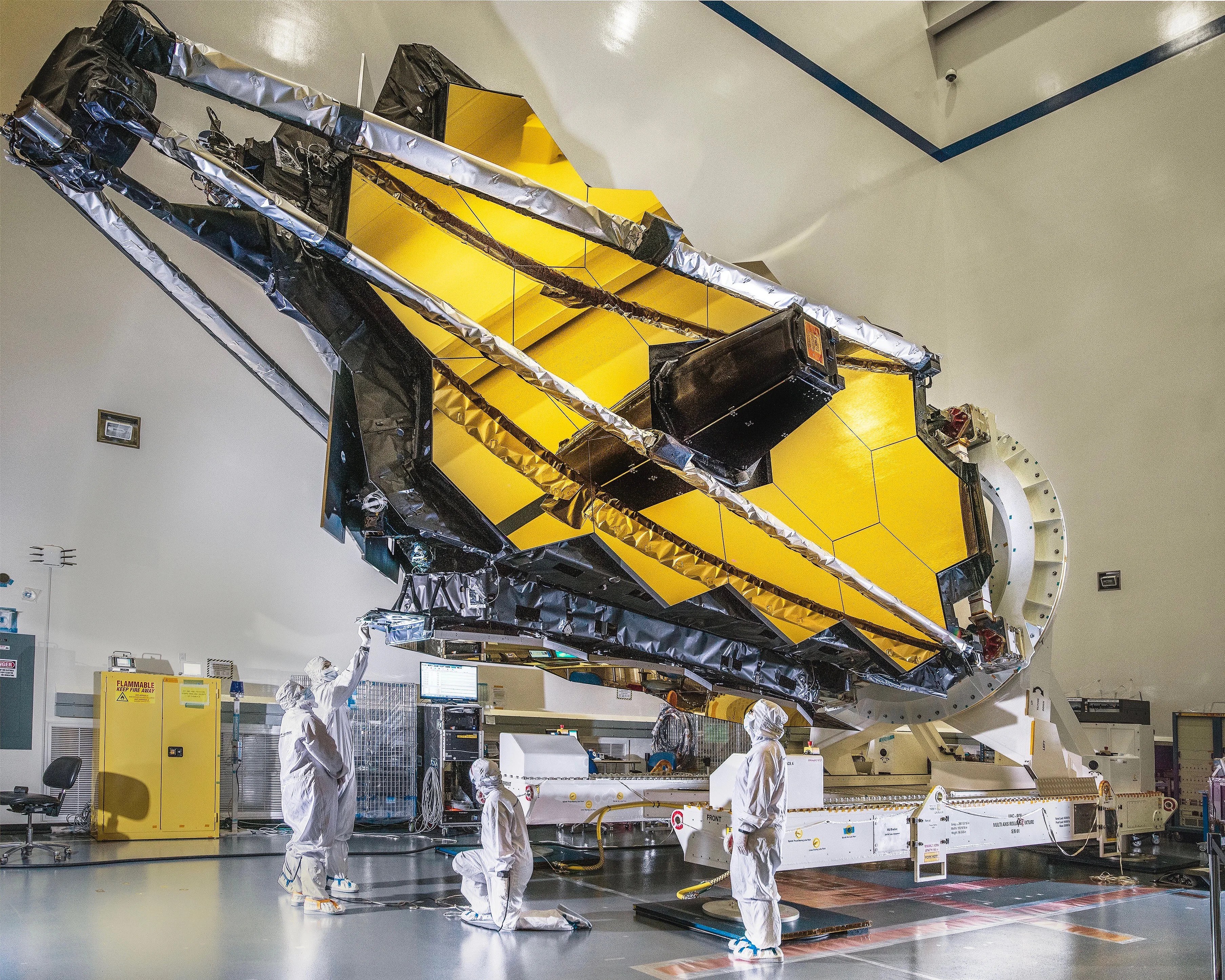
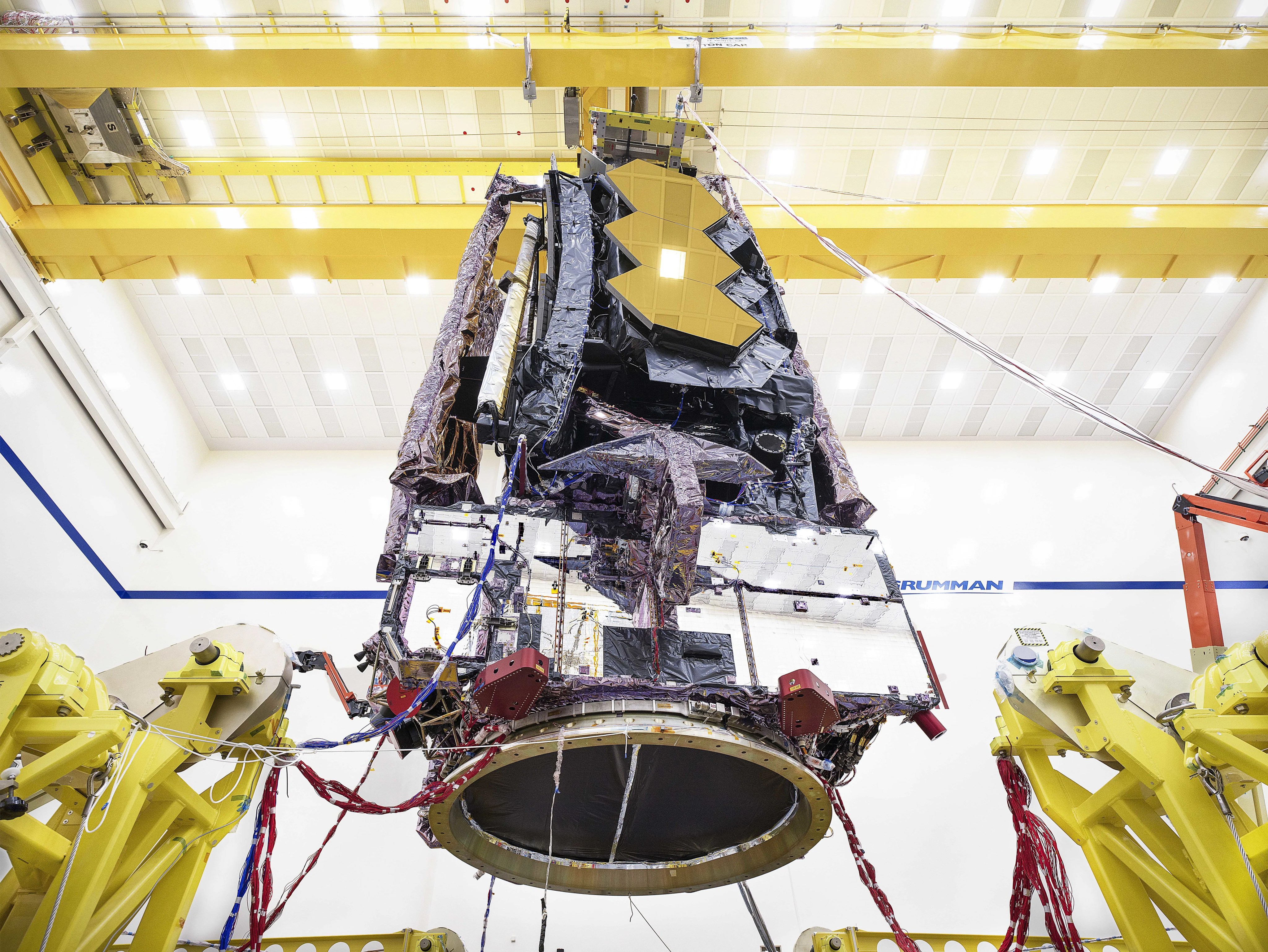
ACTIVITY: Webb Mirror Origami
For the James Webb Space Telescope to fit into a rocket, it must fold up. Whether it is the primary mirror or the sunshield, many parts of Webb are designed to deploy or unfold once in space. This origami activity highlights the complexity and elegance of Webb's folding design.
FOlding Element
Primary Mirror
FOlding Element
18 Mirror Segments
Entire Mirror
21.5 ft (6.5m)
Mirror Segments
4.3 ft (1.32m)
Instructions
Origami is art of folding paper into two or three dimensional objects. This origami pattern of the Webb primary mirror will get you thinking about the complexity of folding and unfolding 3 dimensional objects and give you some appreciation for how Webb's 18 individual mirror segments come together to form a single very large mirror.
Fold this origami pattern to make your own version of the James Webb Space Telescope primary mirror! The dark blue lines indicate "mountain" (upward) folds, magenta dashed lines indicate "valley" (downward) folds. For best results, please use at least a 16” image.
Credit
Robert J. Lang (Origami)
More About Webb's Primary Mirrors
Note the subtle curve of the origami mirror as you fold it together. Webb's 18 individual mirror segments come together to form a single overall curved mirror. Each of Webb's individual mirror segments has curvarture as well which is adjusted to form the complete mirror curve and focus to an incredibily high degree of accuracy. All of this delicate and precise equipment was built, aligned, tested and verified on earth. It was then folded, transported across oceans, placed on a rocket, launched into space, unfolded and precisely realigned to within 1/10000 the width of a human hair in space - an incredible feat of engineering. Learn more on our mirrors page.
Related Webb Content
Webb's pirmary mrror isn't the only part that folds for launch and deploys in space. Other major folding subsystems include the sunshield (the size of a tennis court) and its support structures, the secondary mirror assembly, the solar array and more.
- About the Folding Mirrors
- About the Deployable Sunshields
- Explore Webb's actual deployment and commissioning step by step as it happened.
- Webb's Launch Page - includes info and imagery on how Webb folds for launch and deploys (unfolds) in space.
- ACTIVITY: Build your own Webb Model
- ACTIVITY: Webb Deployment Flipbook
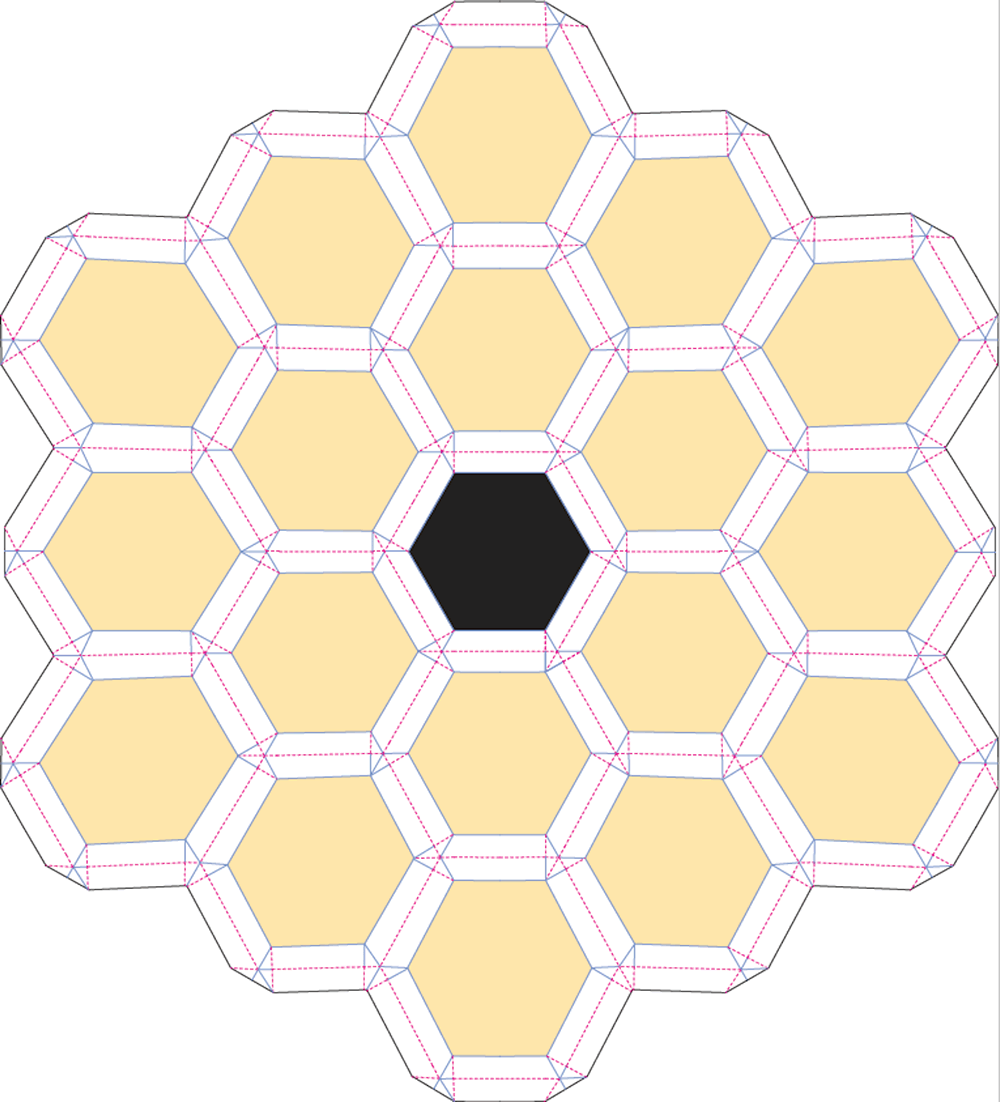
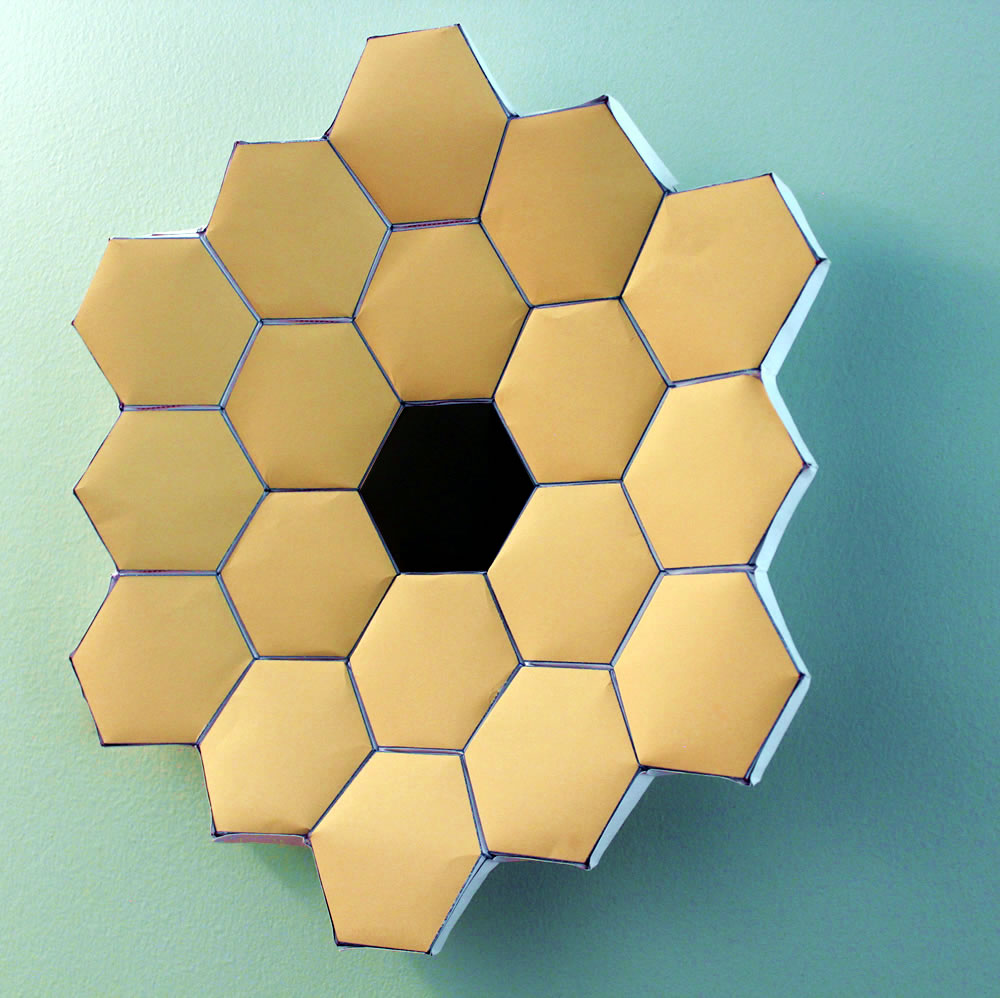
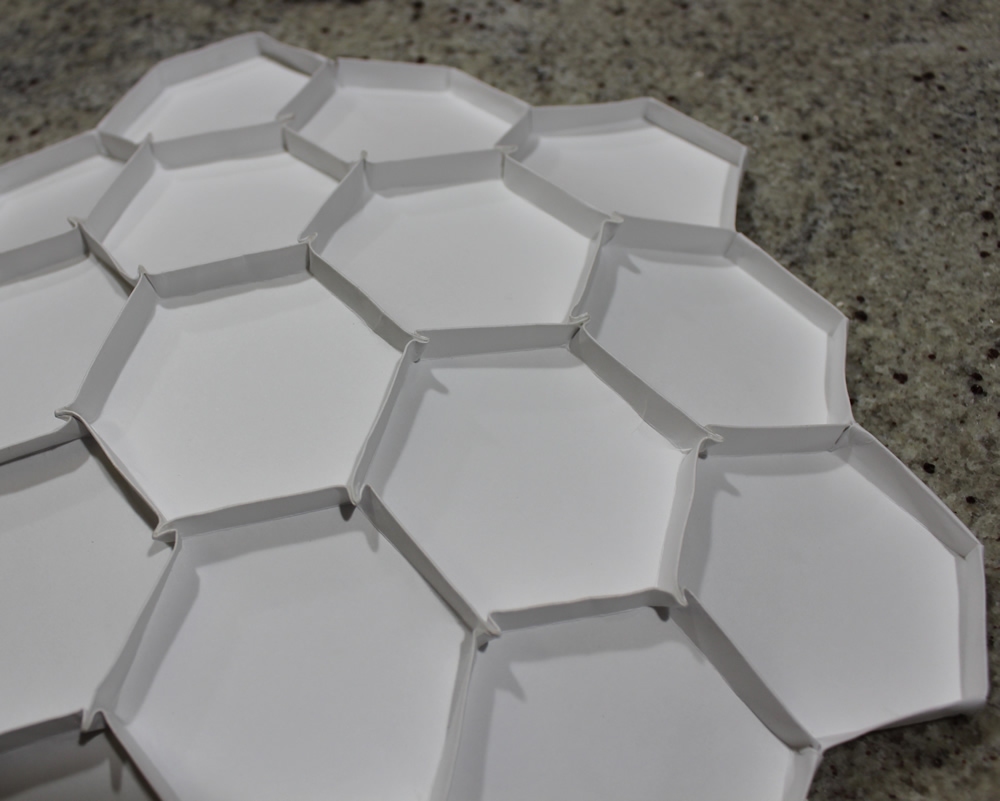
Folding and Unfolding Webb
Images Of Webb Folding
This series of images at various stages of Webb's development and testing illustrates how Webb was designed to fold for launch.
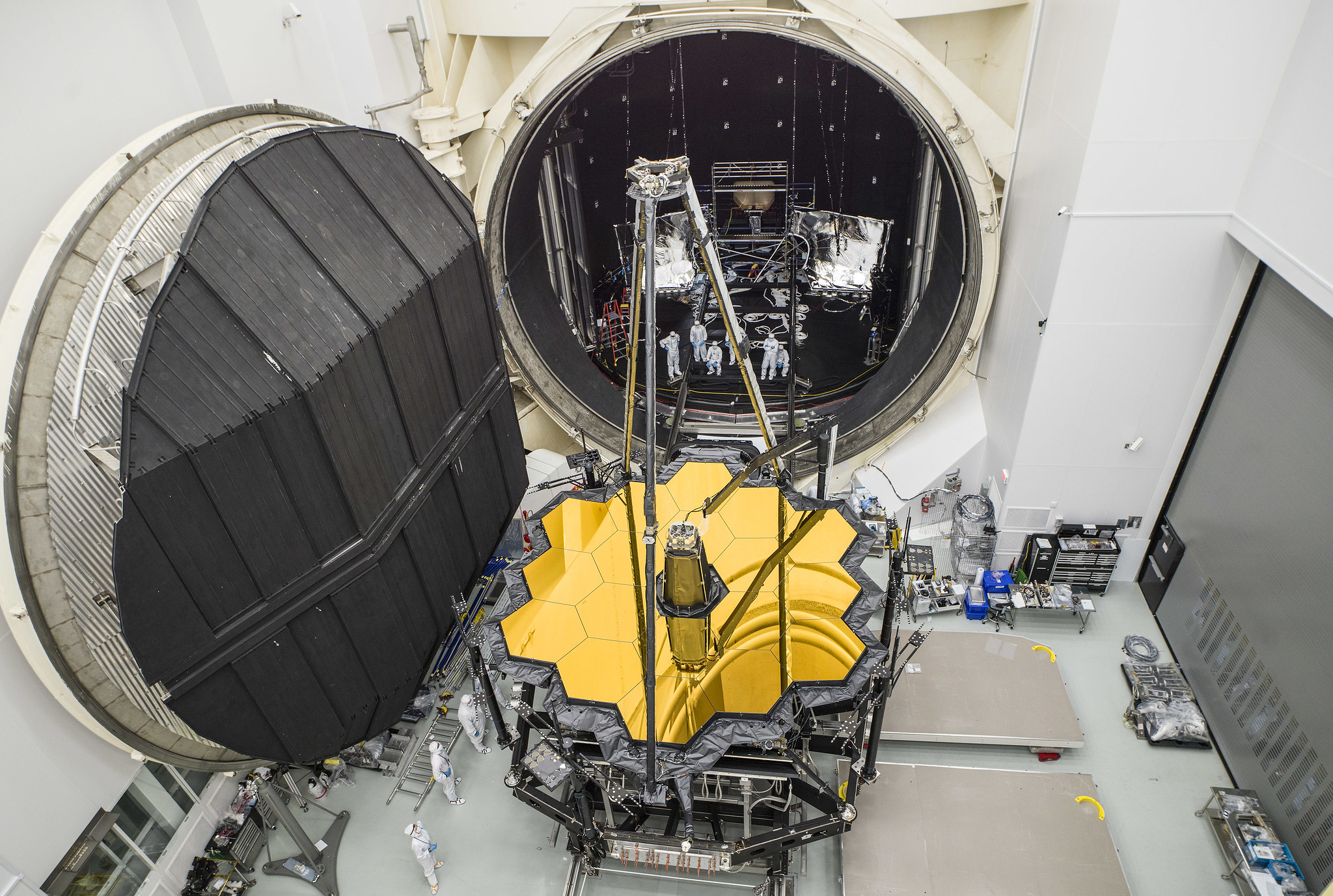
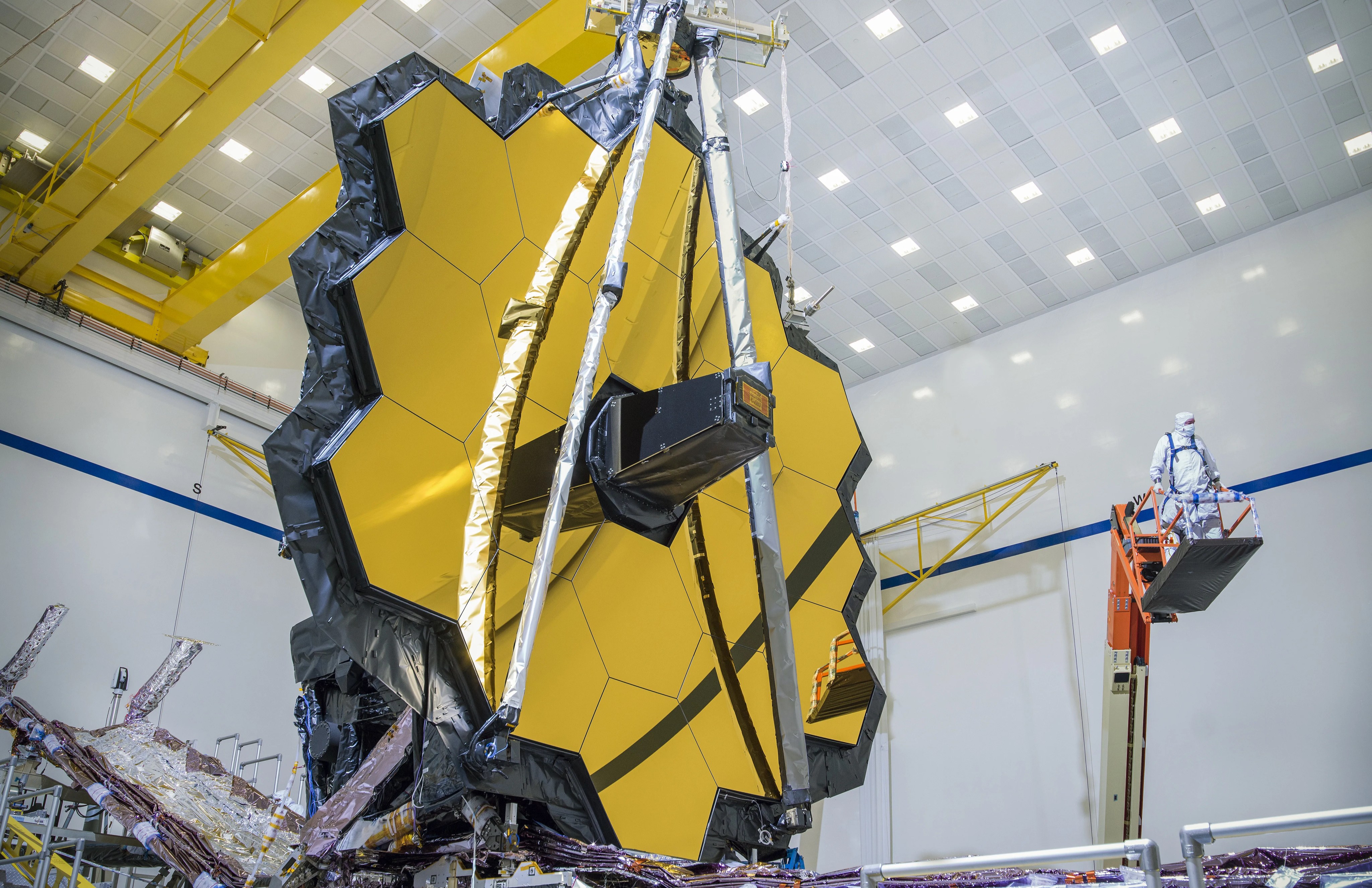
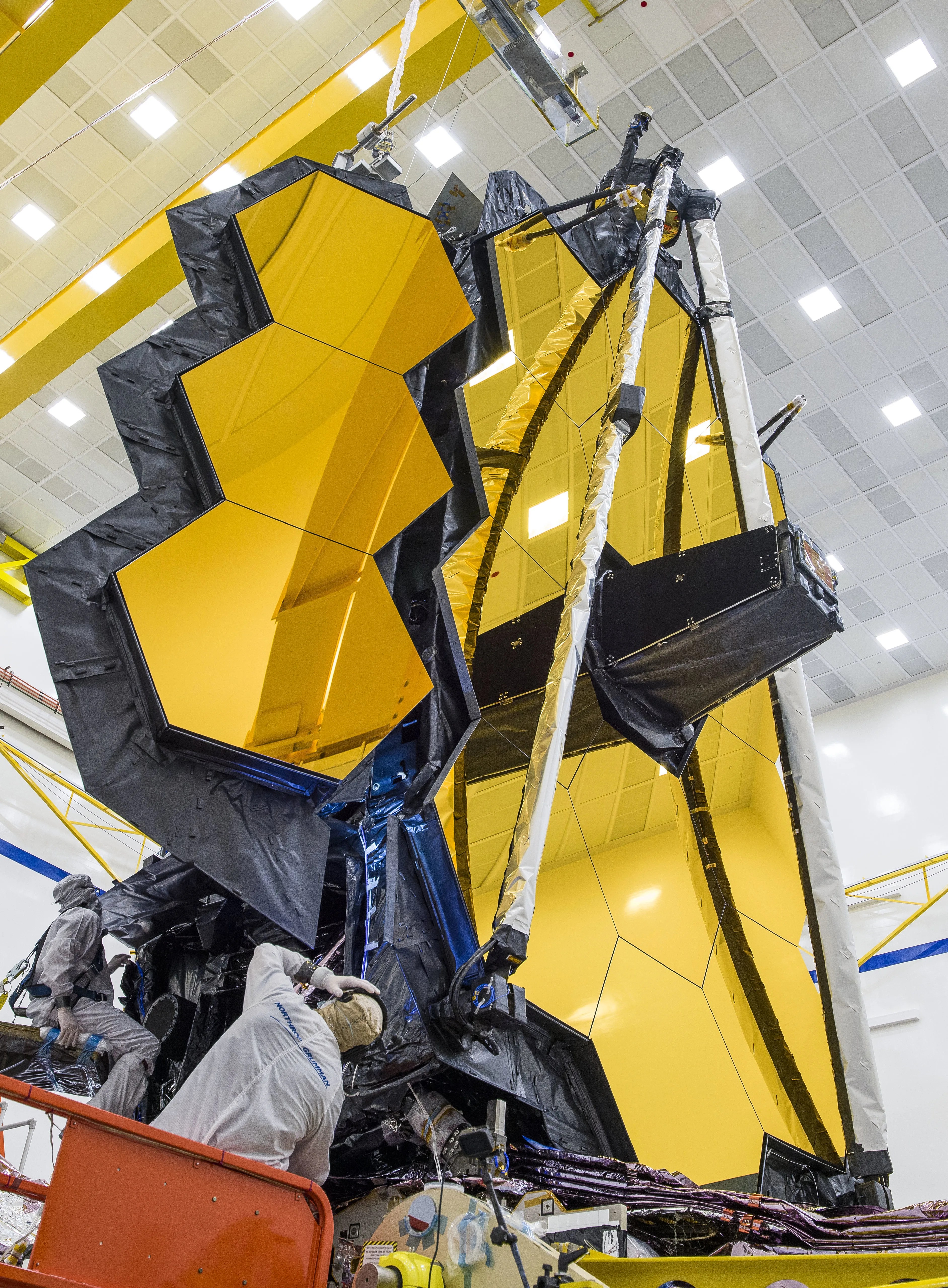

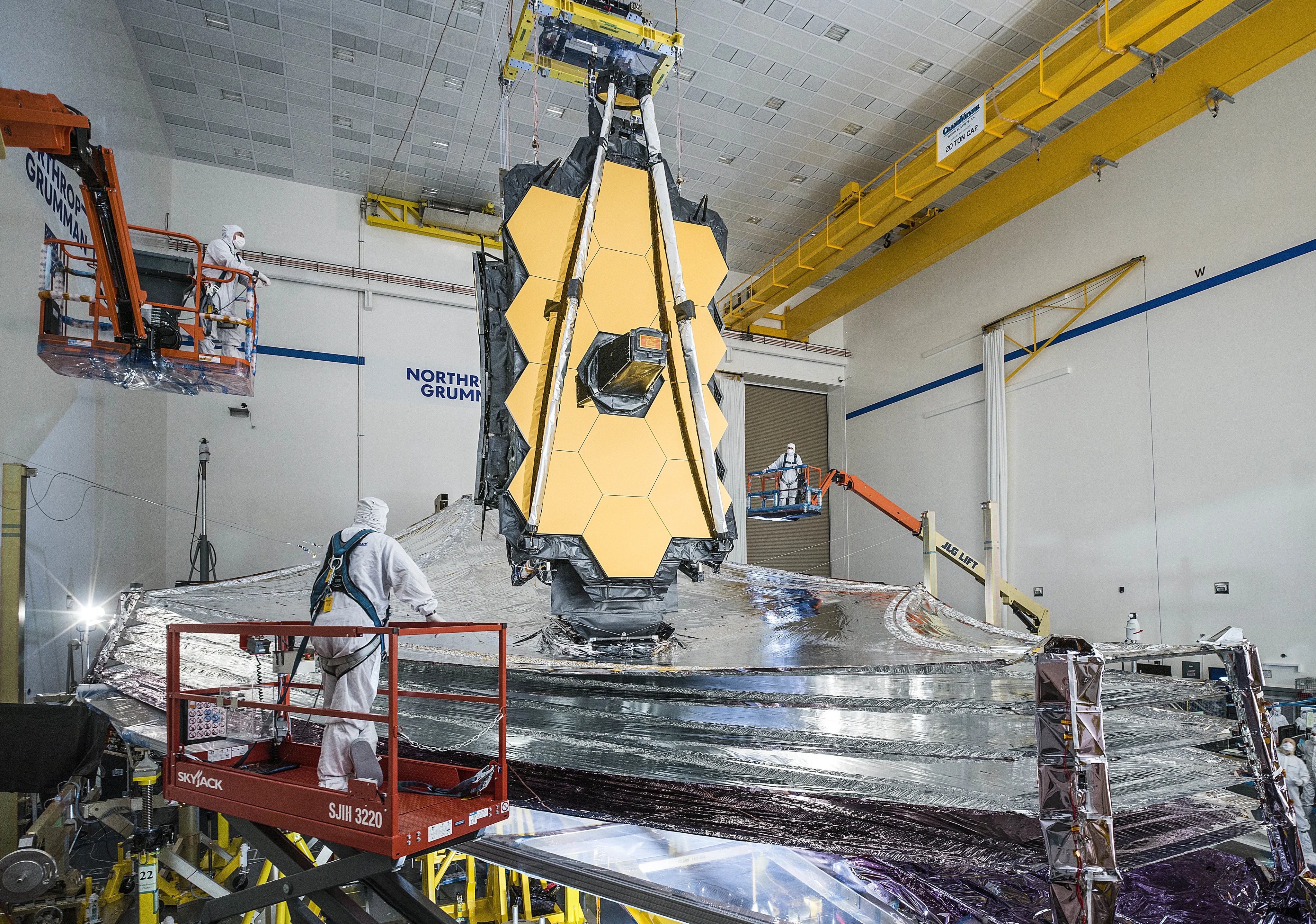
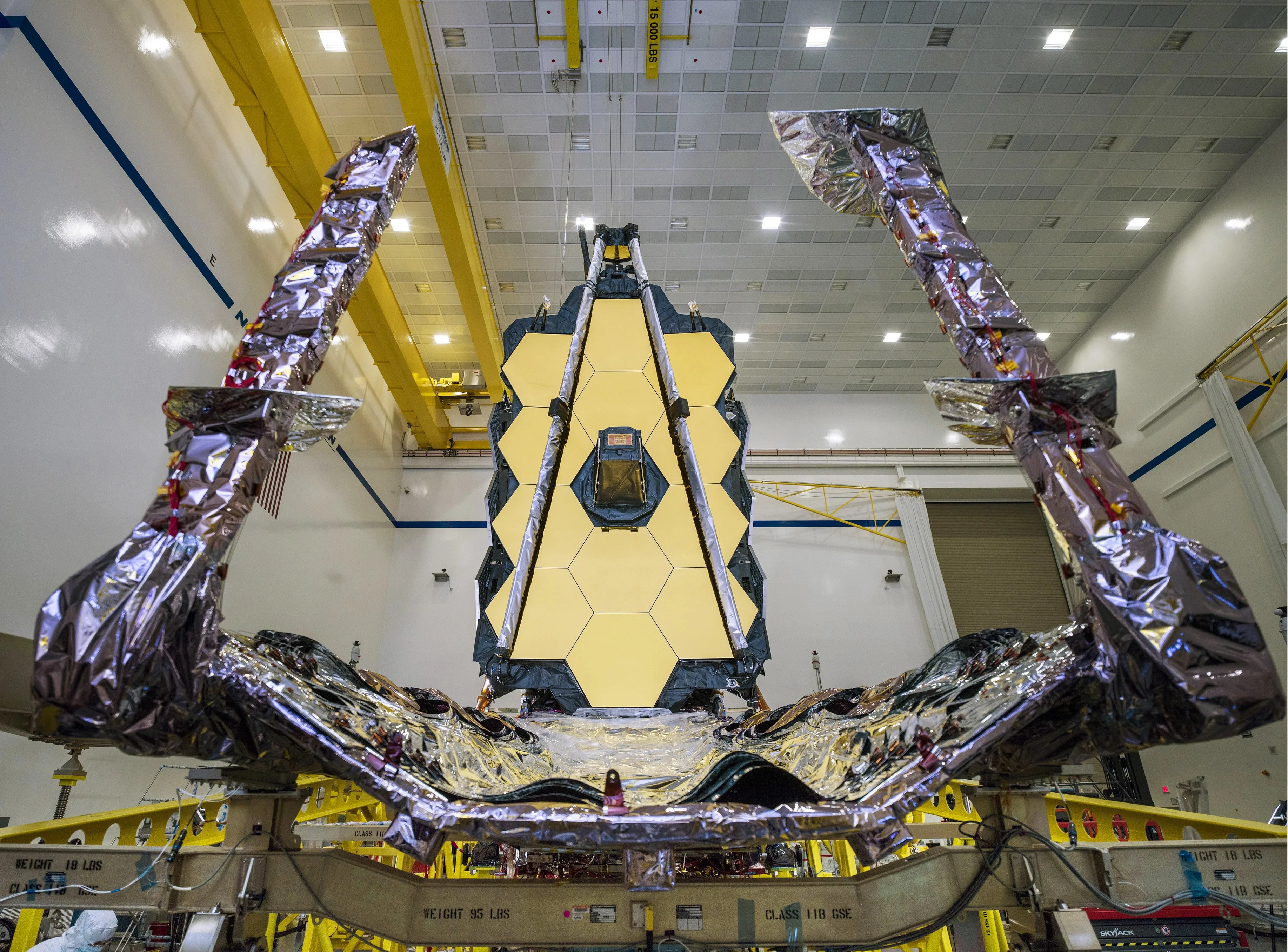
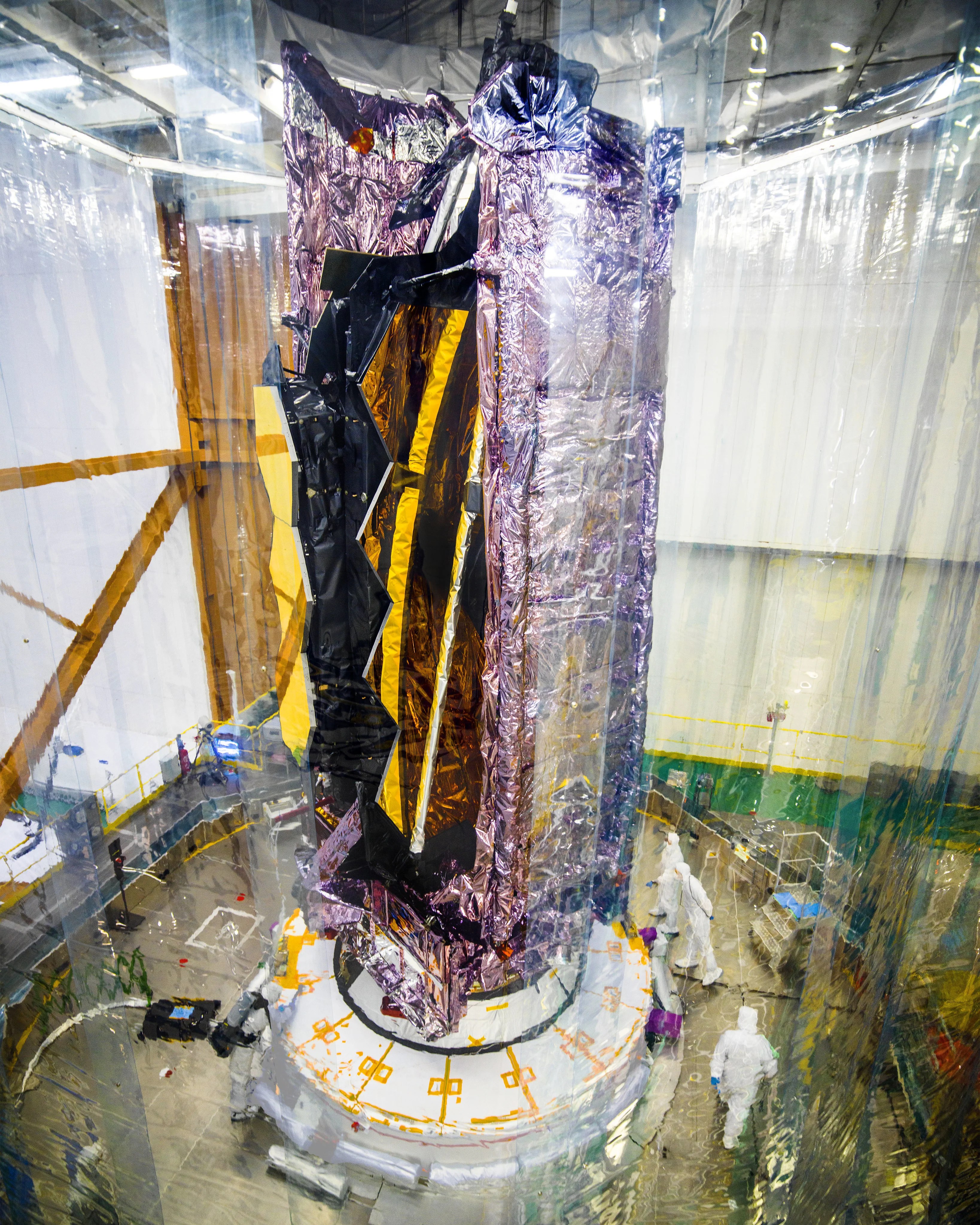
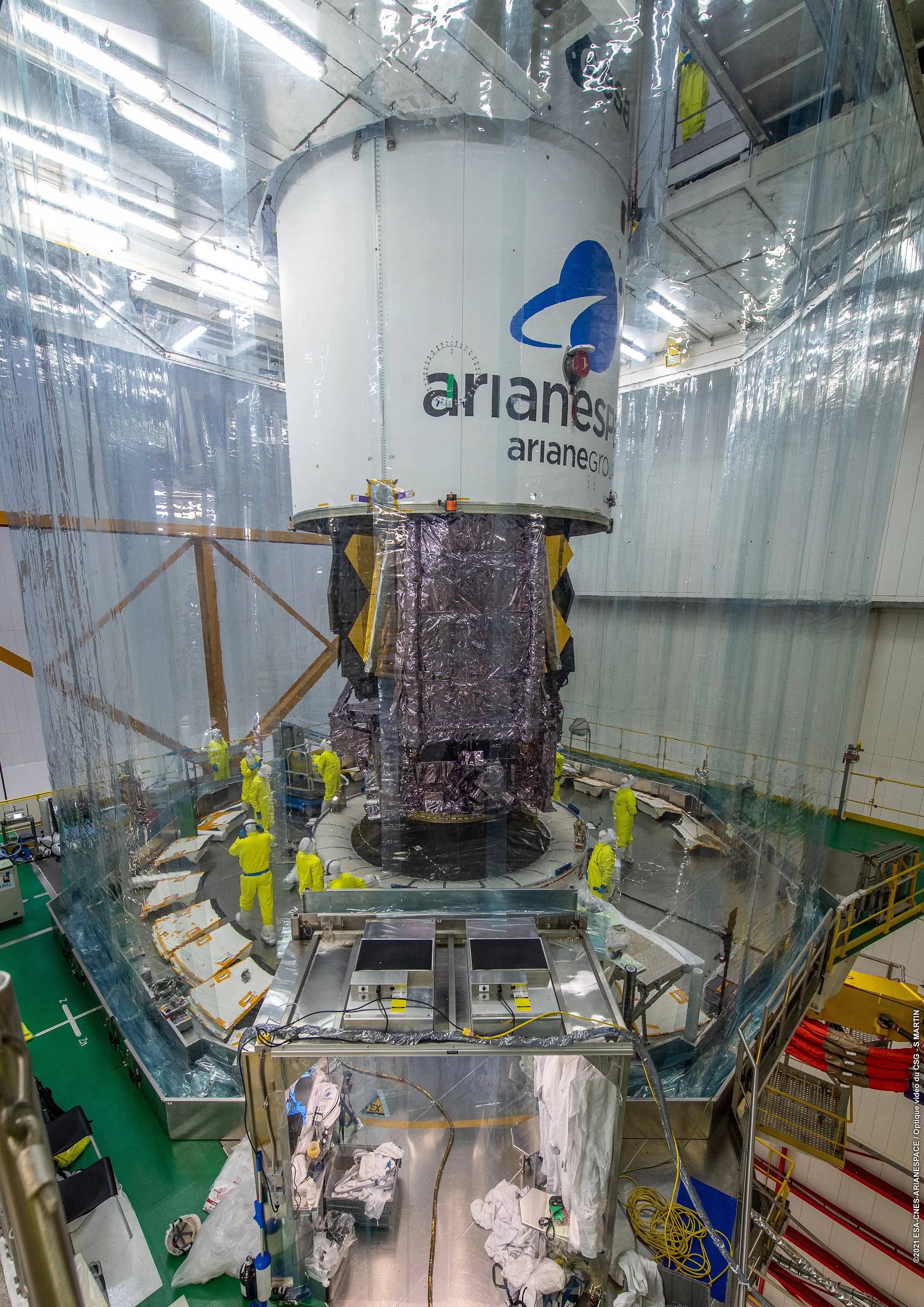
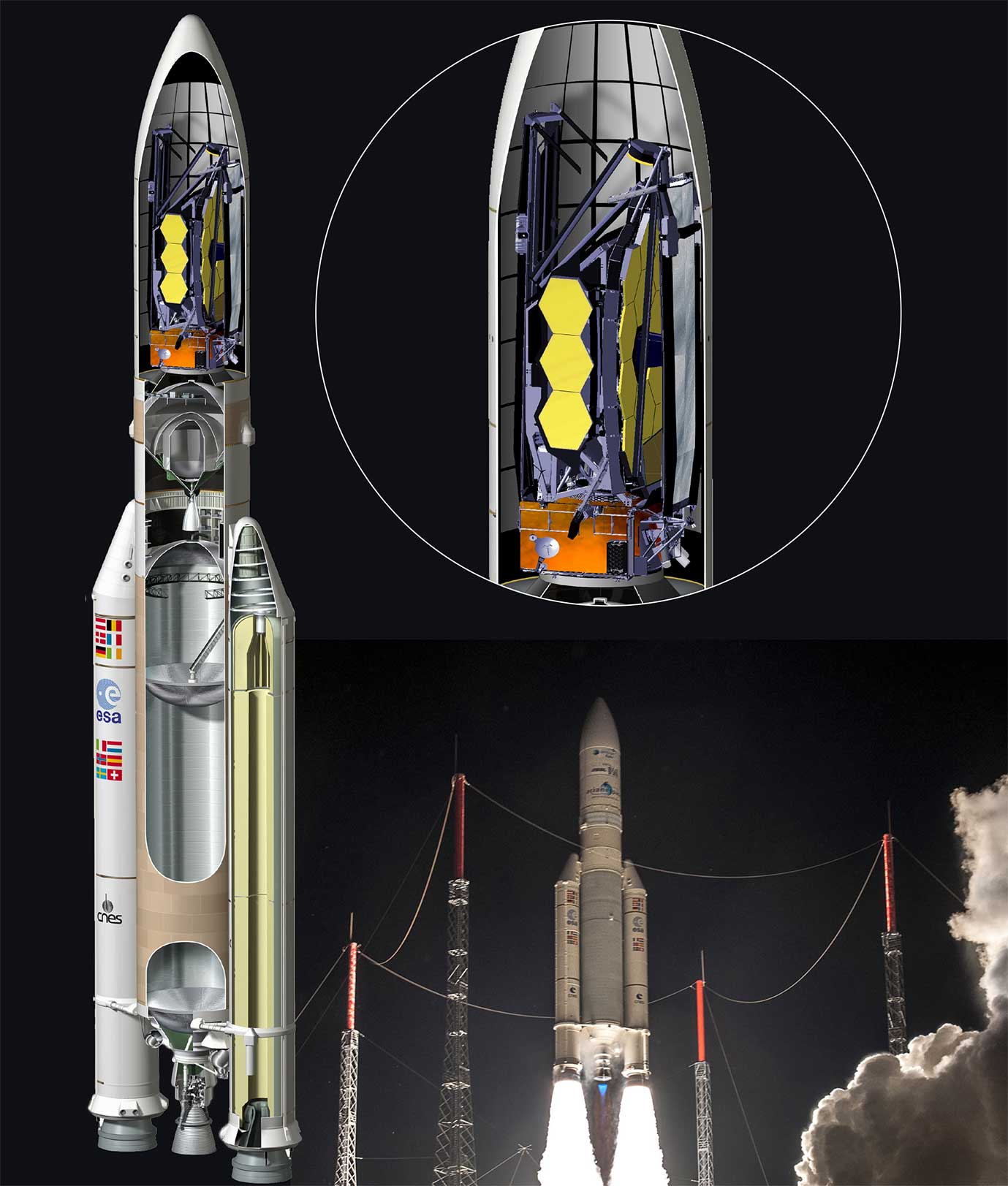
Webb Deployment (unfolding) Video
Webb's Deployment
Webb began unfolding very shortly after launch when the solar array deployed and began supplying power to the spacecraft. On its nearly 1 million mile journey from Earth to L2 orbit Webb unfolded, cooled down to its extremely cold operating temperatures, and went through the process of commissioning. During the commissioning phase, all of it's subsystems and instruments were gradually turned on, tested and calibrated before it began to return its science data in July of 2022.
29 Days on the Edge
This Webby Award nominated video captures the harrowing 29 days following liftoff. Thousands of parts must work correctly, in sequence, to unfold Webb and put it in its final configuration, all while it flies through the expanse of space alone, to a destination nearly one million miles away.
Learn More